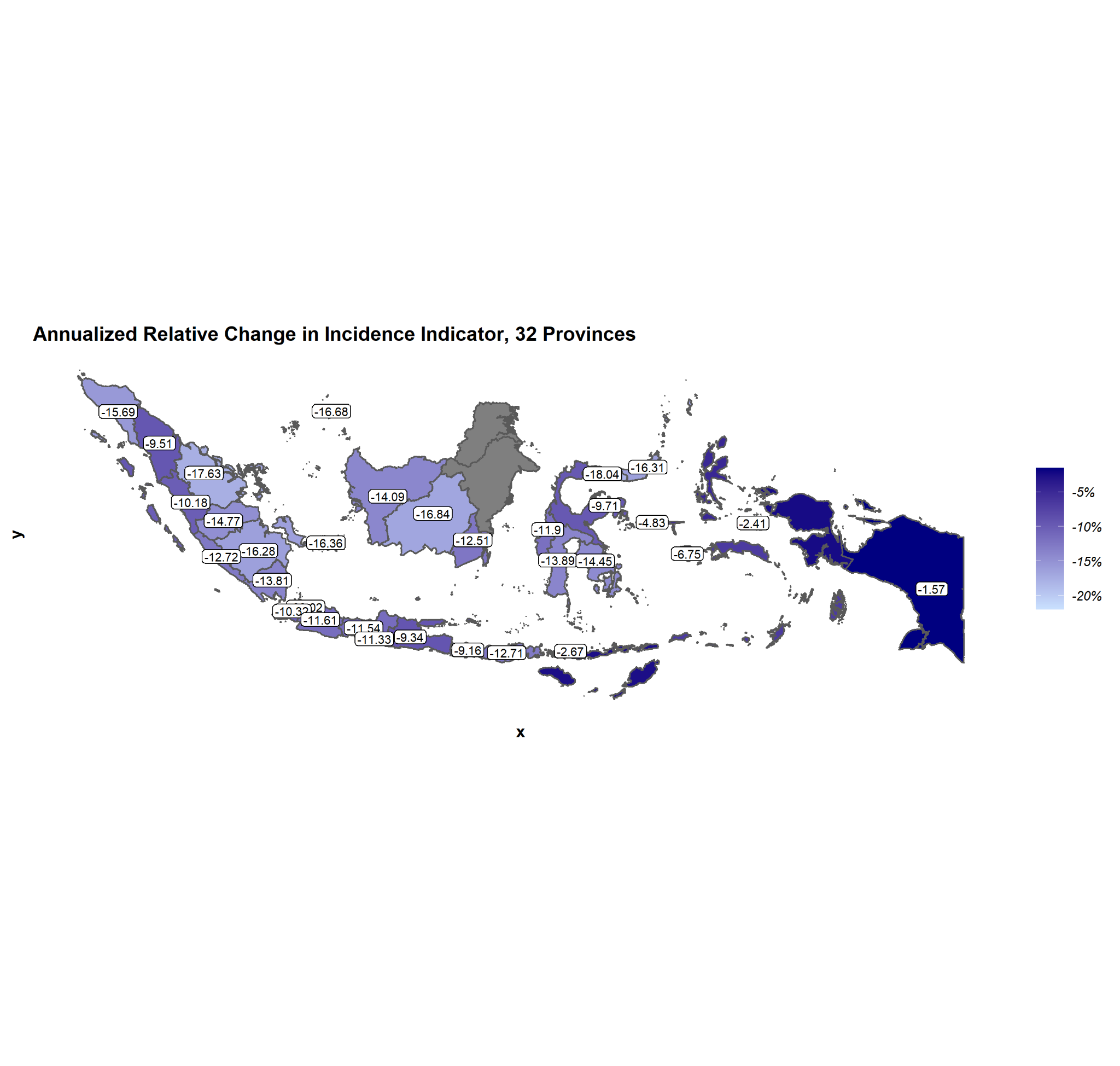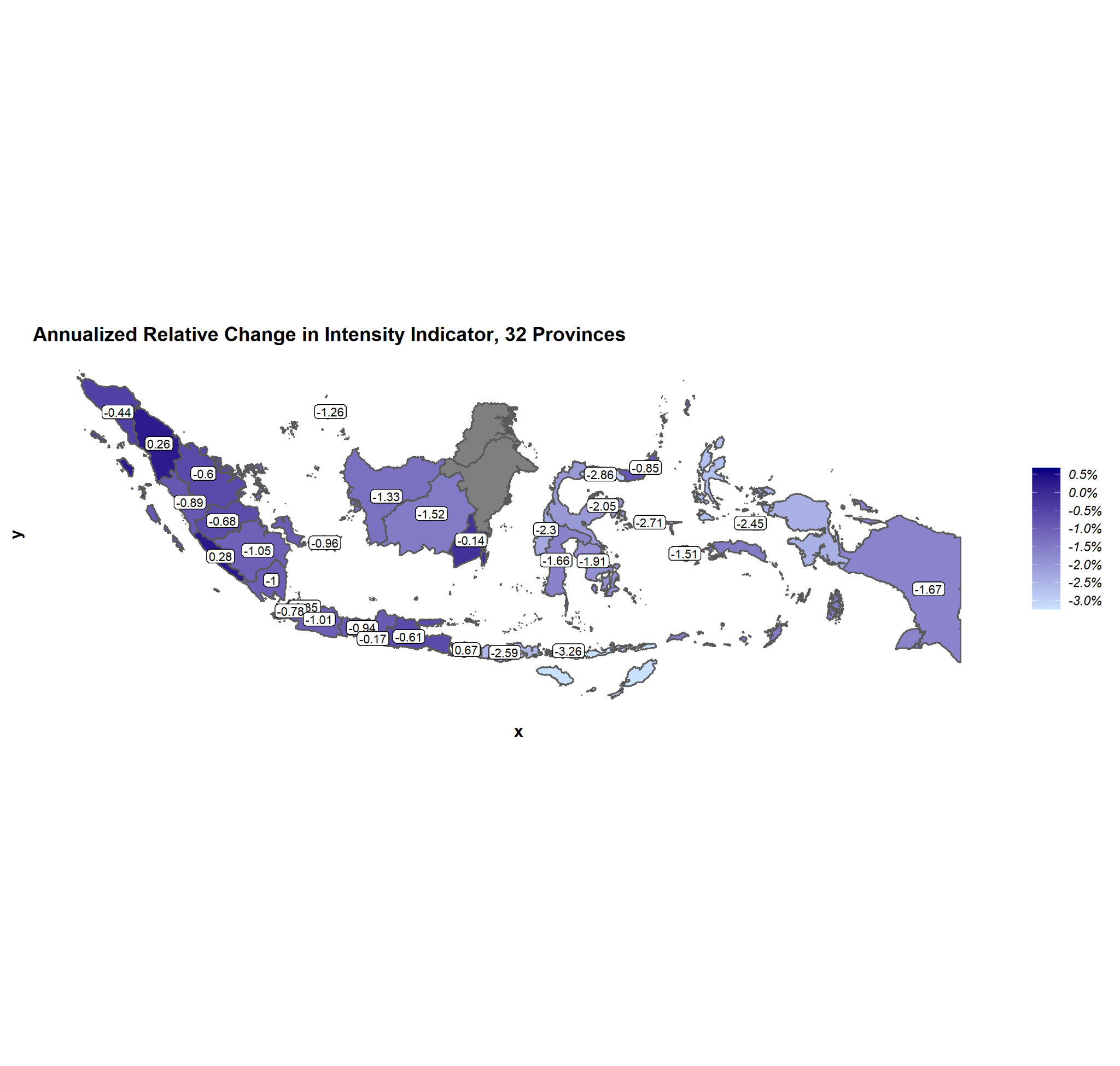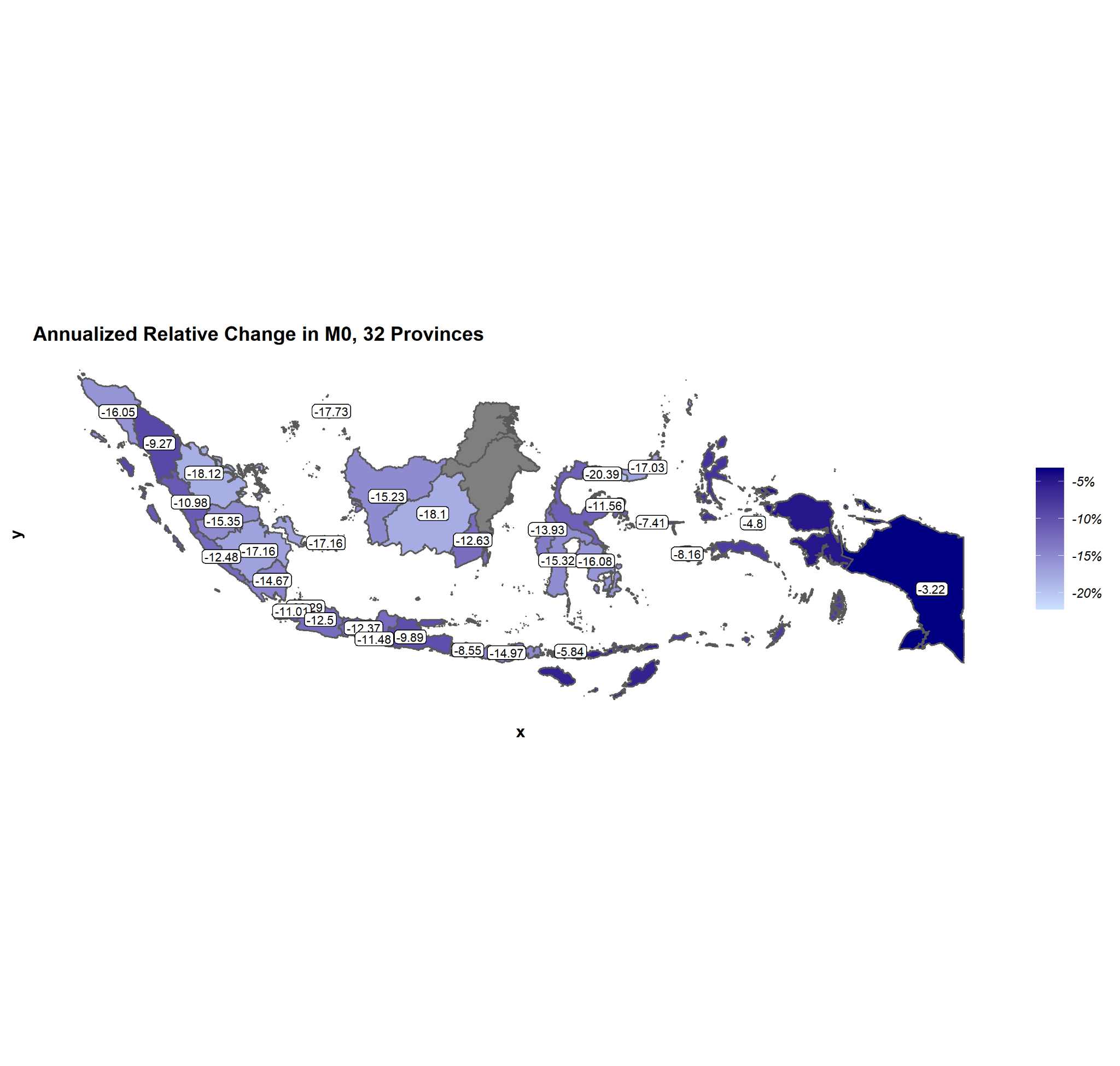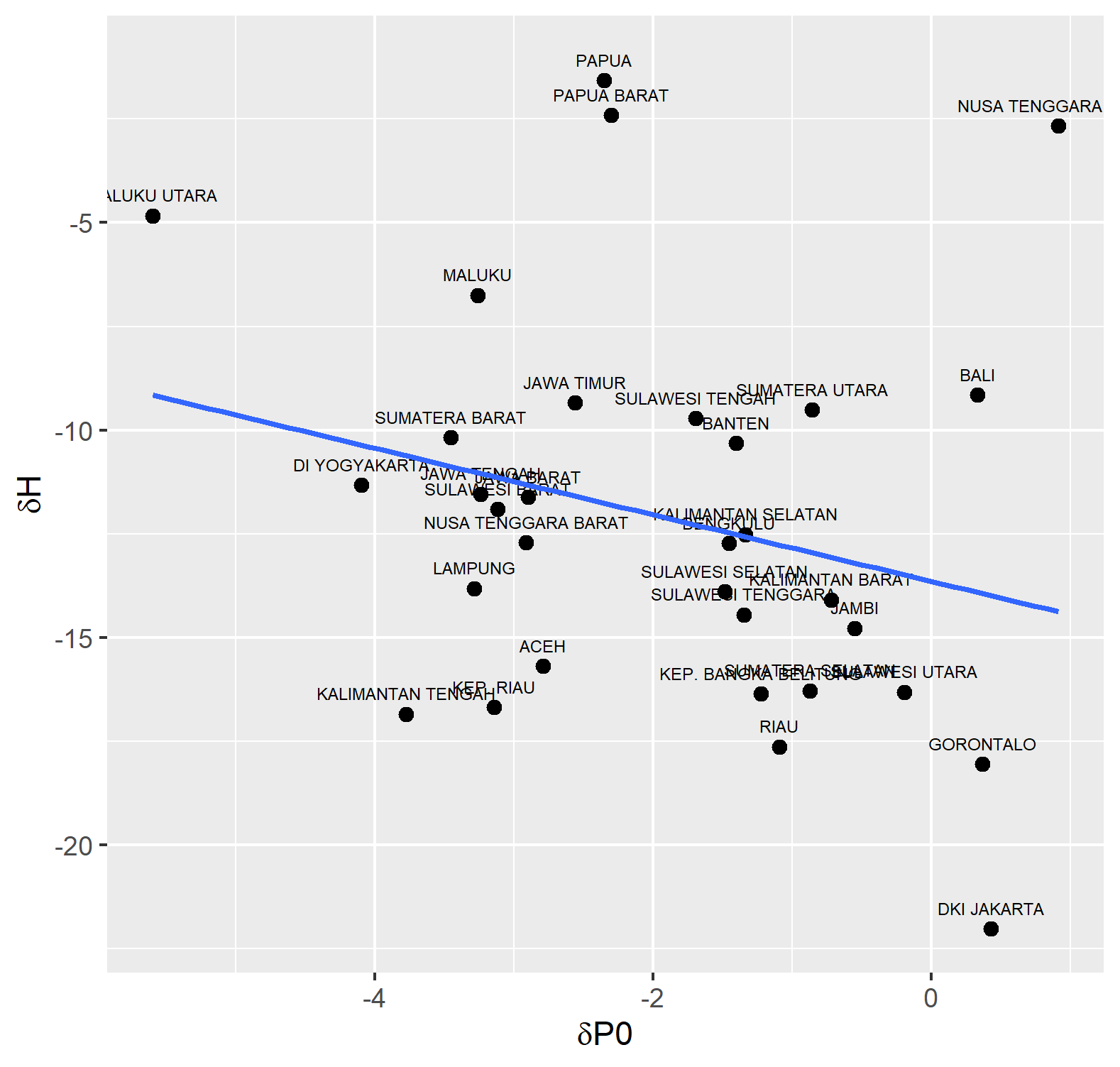Multidimensional Poverty and Economic Growth in Indonesia
Conference
64th ISI World Statistics Congress - Ottawa, Canada
Format: CPS Abstract
Keywords: elasticity, poverty
Abstract
Poverty alleviation has been every nation's development priority since we can remember. Various efforts have been made to shrink the number of people living below the poverty line, one of which is by boosting national economic growth in the hope that the growth will be inclusive of raising the living standard of those at the bottom of the economy. In the same spirit of eradicating poverty, researchers have also developed various methods to provide an accurate portrait of poverty. The most popular one is measured using the monetary approach. While this measurement gained popularity due to its simplicity, studies that thrive on extending the notion of describing the complexity of poverty using multidimensional approaches are also growing. The perception of poverty as a multi-faceted phenomenon has also become a worldwide concern, it is reflected through the 'ending poverty in all its form' jargon which has been listed among the other goals in SDGs. Many studies have tried to unravel the relationship between poverty reduction and economic growth. This study extends the literature on that relationship by applying the poverty indicator that was measured through the multidimensional framework. Using the data across provinces in Indonesia in 2012 and 2017, this study finds that provinces in the eastern part of the country have the smallest annualized relative change in incidence indicator, yet they have the biggest annualized relative change in intensity indicator. Next, this study also finds that economic growth might not be associated with changes in the proportion of multidimensional poor individuals in the population, but it is associated with the declining average deprivation rate among the poor. Finally, this study also has several policy implications.
Figures/Tables
1

2

3

4

